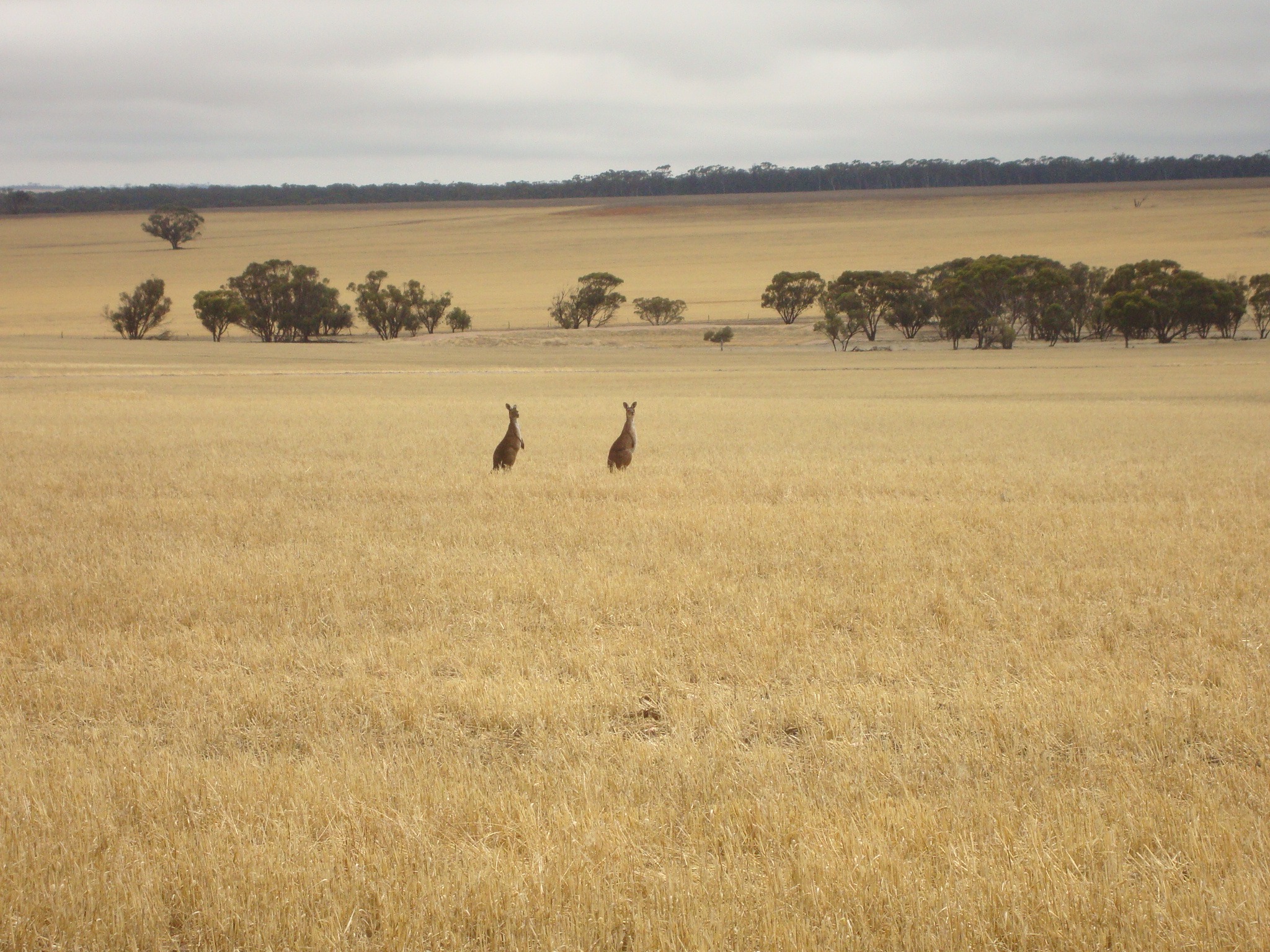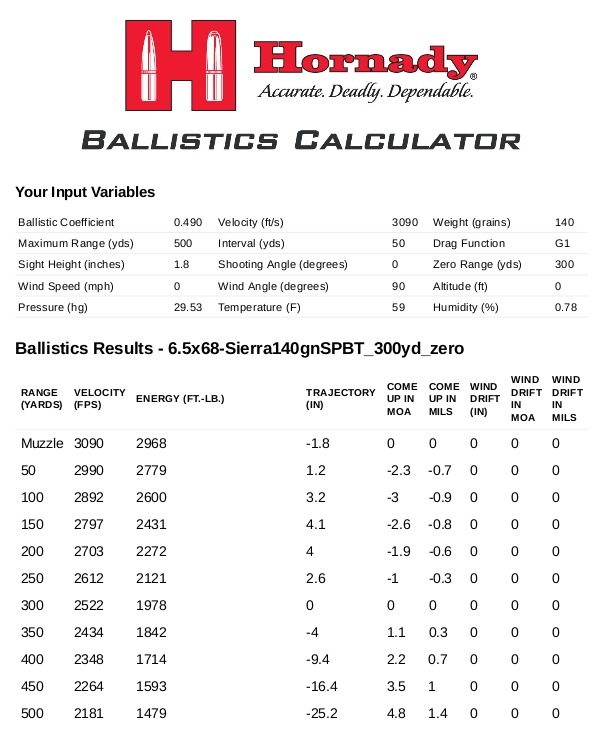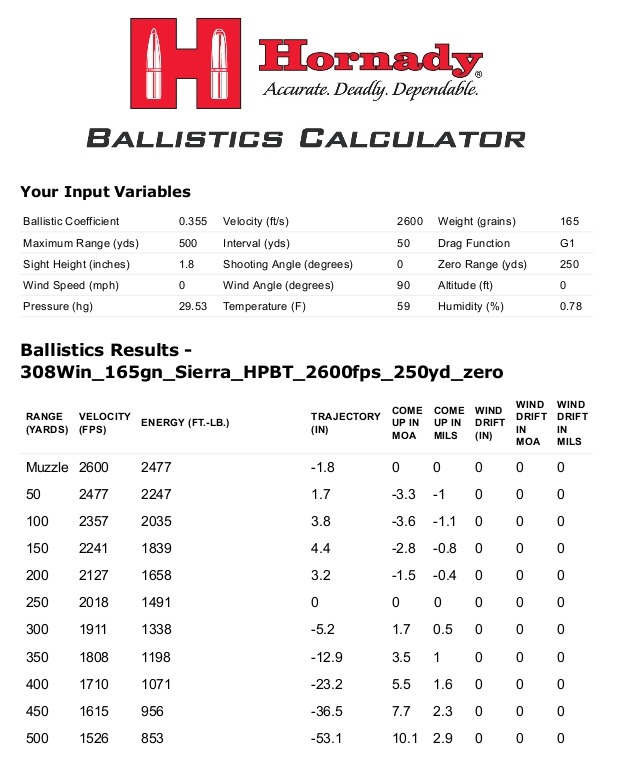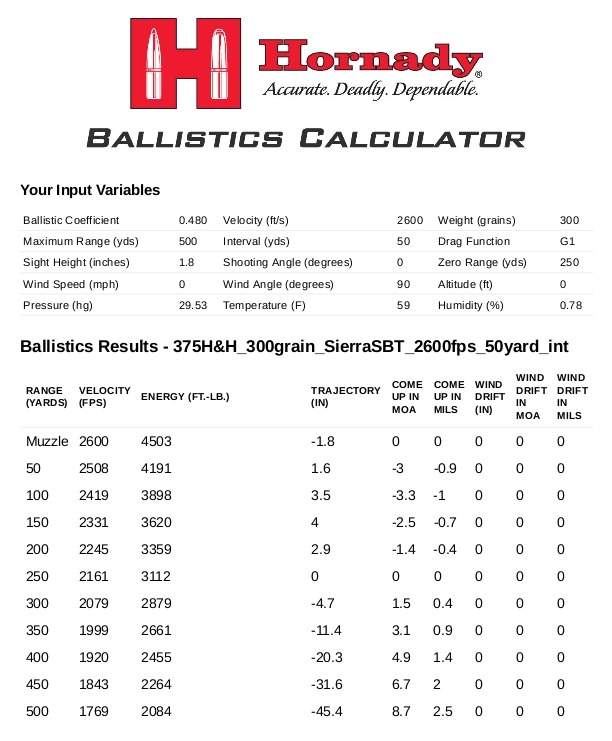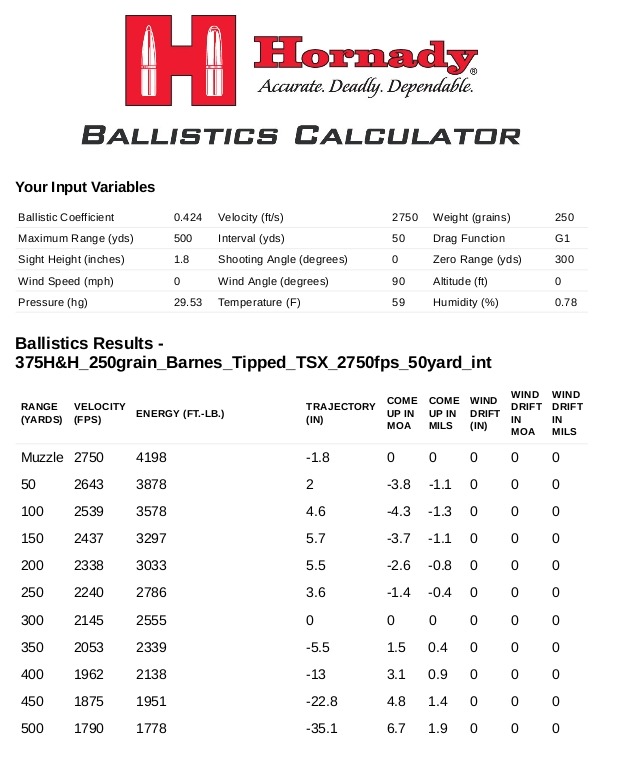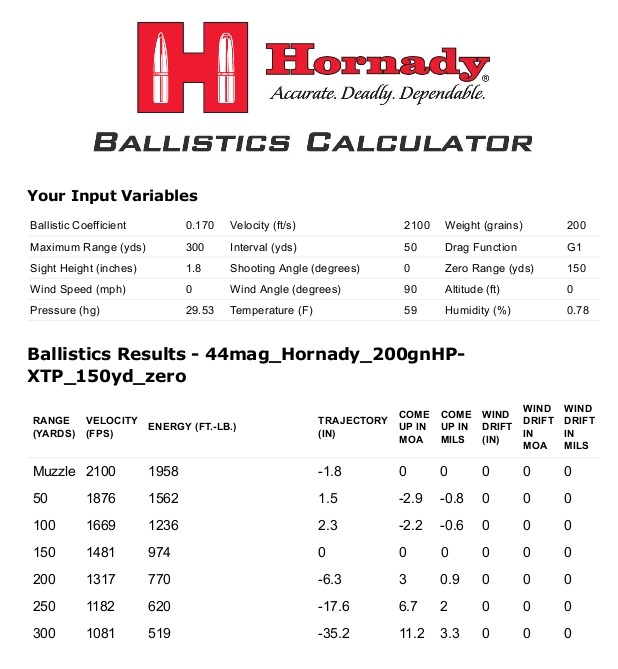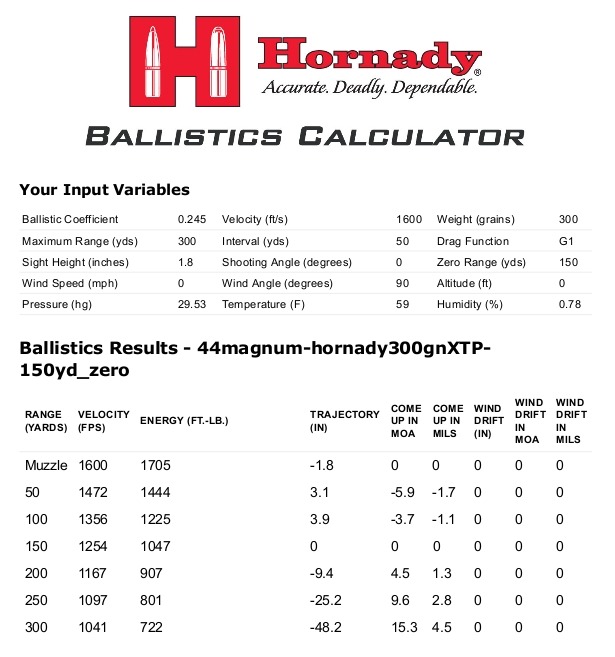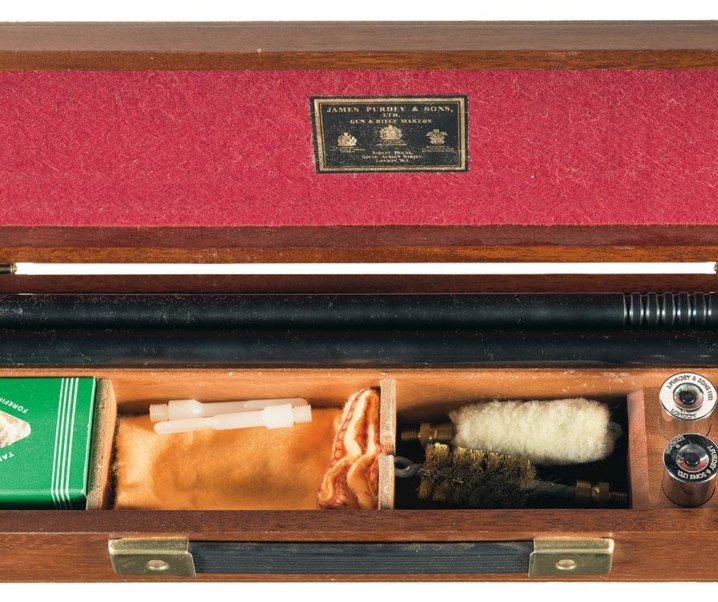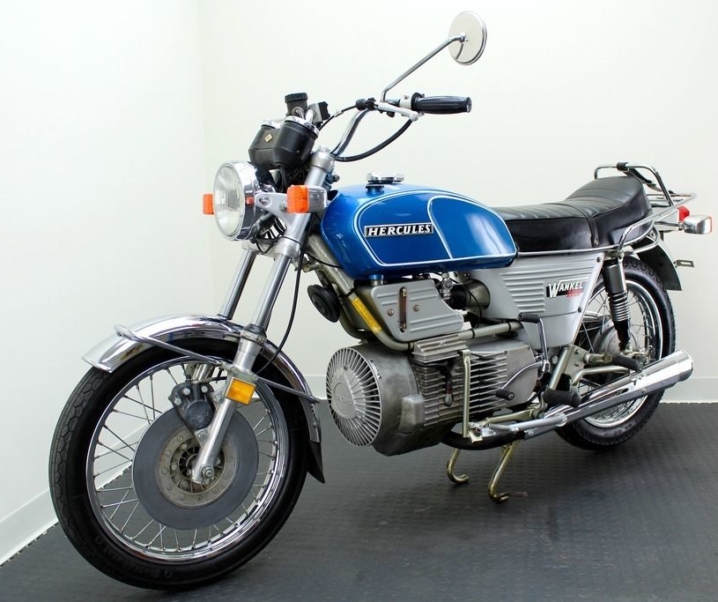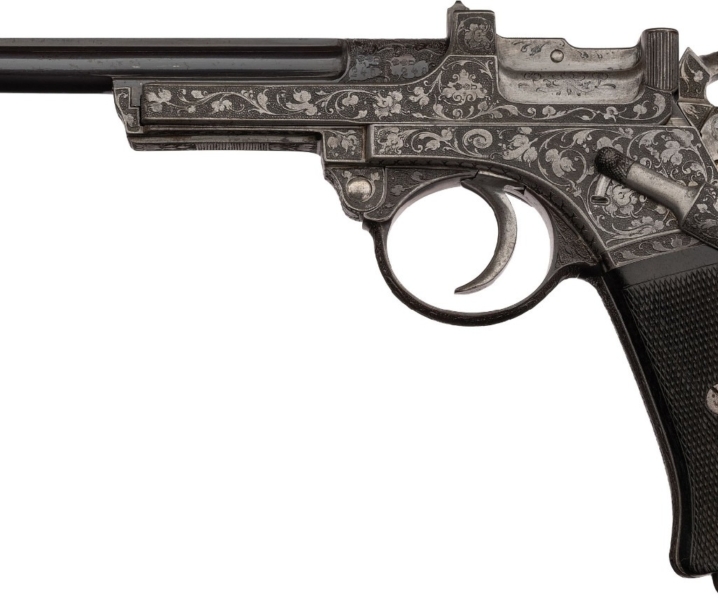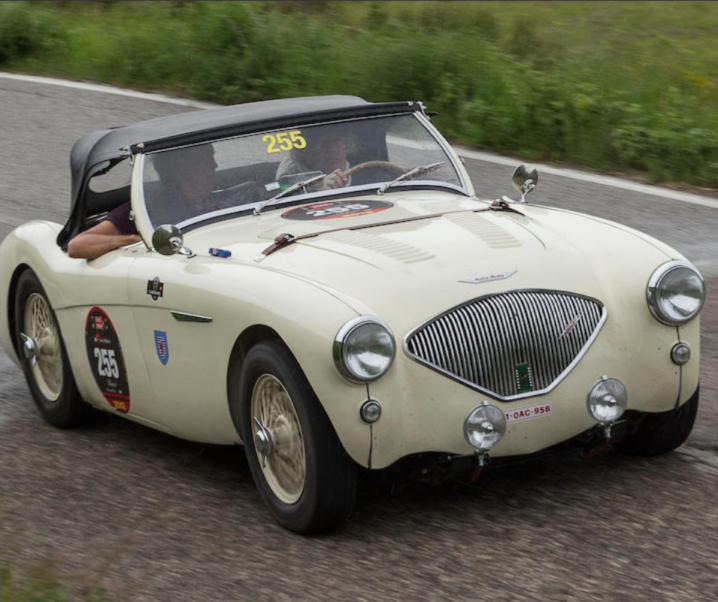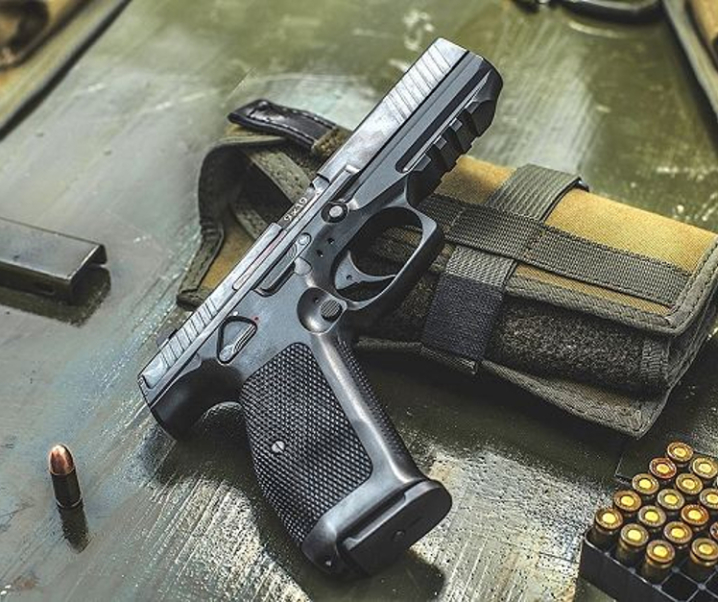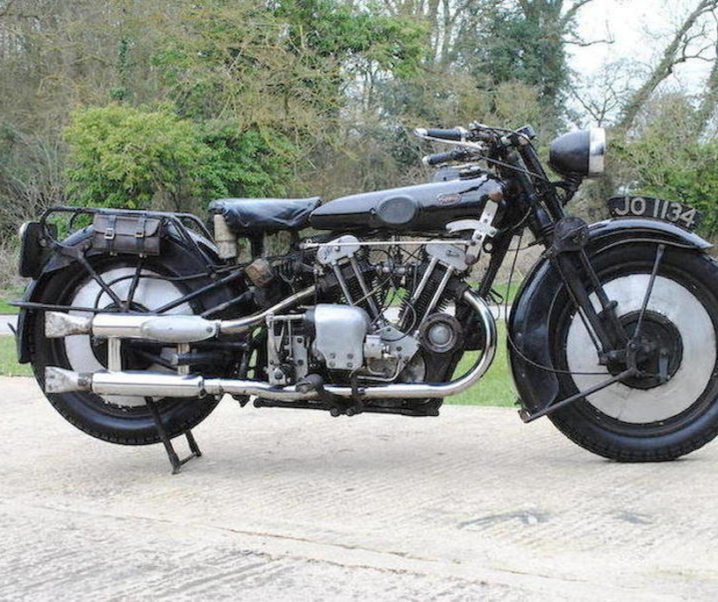The idea of long range shooting on game animals is one that, I think, tends to fascinate new shooters and it can be interesting to us old shooters as well. However, it is not something to be embarked on lightly. Almost certainly a young, new shooter is unlikely to have any real concept of just what is required to make a long shot with absolute dependability. I remember my first ever long shot which I took in my early years of shooting. I had made a point of training so I could estimate range reasonably well and had a picture of the trajectory curve and likely wind drift of the 243 Winchester rifle I was using. I guesstimated the range to be a bit over 400 yards, probably around 420 yards but less than 450 yards, Held over the right amount for that range, allowed for the wind, squeezed the trigger and followed through. The animal was a kangaroo out in a farmers ripening wheat paddock facing side on to us. We heard the “thock” of the bullet striking home but the kangaroo turned and hopped away at full speed towards the fence that was a good couple of hundred yards to our right. We headed in that direction and a little while later found our ‘roo. He was well and truly dead by then but had hopped between two and three hundred yards and cleared a fence before expiring. In skinning and gutting him we found the little 6mm bullet had passed into the chest just behind the front of the rib cage and opened up the lungs but not sufficiently to cause an instant demise. It was a lesson to be learned. First I realized that if I was going to try to shoot at those sorts of distances I was going to have to do more homework, a lot more practice at those distances, and use a rifle that would be just as forgiving as I could get it to be with regards to trajectory and wind deflection, a rifle that would also have the retained power sufficient to do the job required at those sorts of distances.
I’m not in the business of causing any animal pain, nor am I happy to see any animal suffer needlessly. I realized that with the ‘roo I had gotten lucky. We get lucky sometimes. On another occasion I was on a sheep station and we had been repairing the pump on a windmill. A crow landed at the base of a tree a good 250 yards away. The two guys I was with suggested I shoot it, but not just that, they wanted to see it “head shot”. A crows brain at 250 yards is too small a target to reliably hit from an unsupported sitting position even if using a military sling. So I aimed to hit it in the body to be sure of it, set the rear double set trigger, and carefully applied pressure to the front one. Big bang, Dead crow. The two mates were not impressed. They insisted that the shot had to be in the head. On retrieving the crow we found the bullet hole just below it’s eye. My two mates knew enough to remain unimpressed – lucky shot! Unlucky crow!
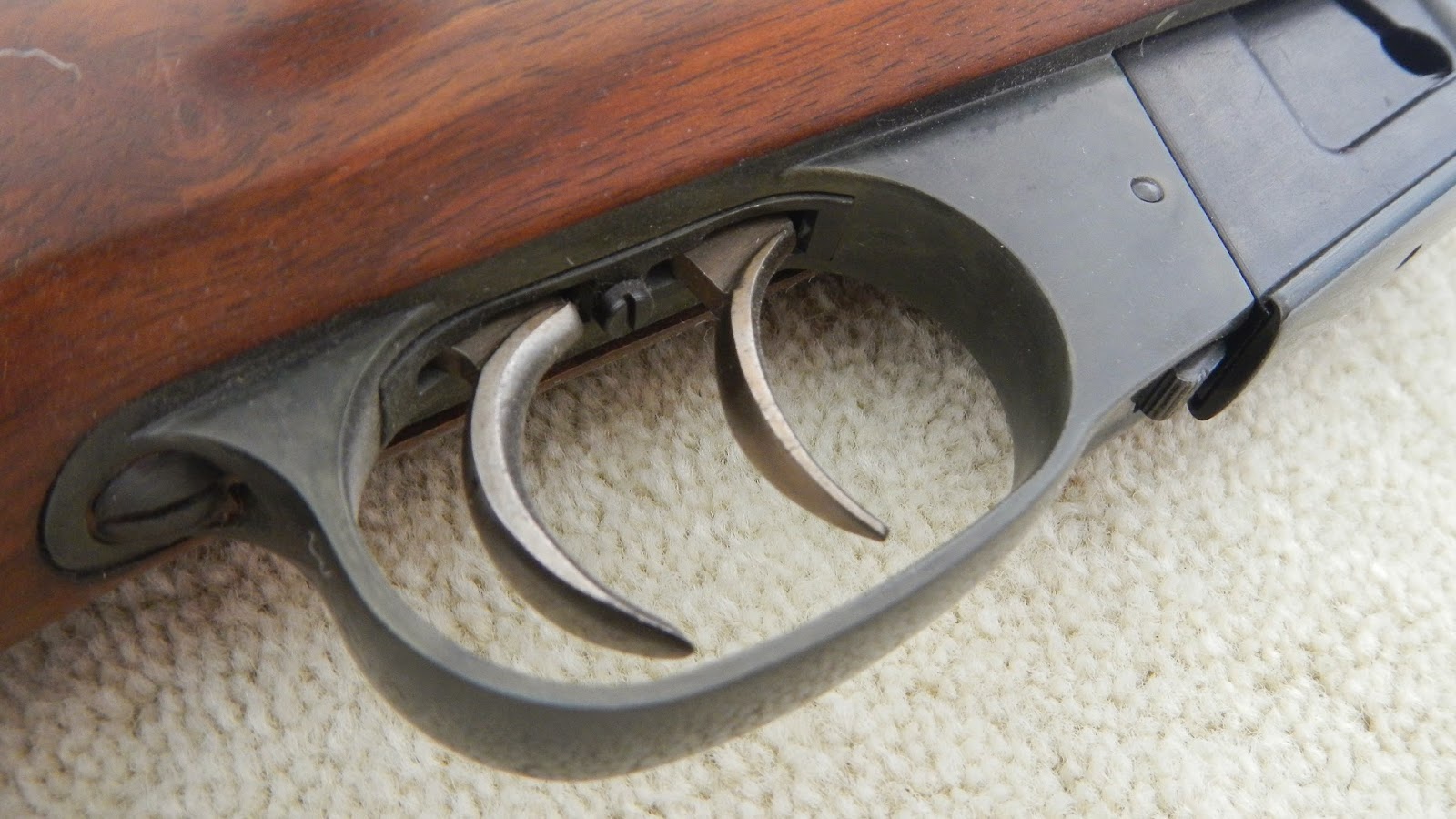
If the trigger needs to be un-set, first apply the safety catch, press and hold the rear trigger, press the front trigger and hold, release the rear trigger, then release the front one. (picture courtesy of The Gourmet Sportsman.)
So, what do we need to do to ensure a reliable and painless one shot kill? While we’re at it, is a gunshot wound actually painless? I’ve had the chance to talk to someone who has experienced being shot; it was a 9mm Parabellum bullet in the lower right leg; another who accidentally shot the tip of a finger off with a 45ACP during a botched magazine change; and a friend who was hit by shrapnel from a grenade in Vietnam. In all three cases they told me that there was no pain at first. For about one minute. I’ve also read a number of accounts from people who have sustained bullet wounds and each reports the same thing. Impact injuries tend not to hurt at first. That is consistent with my own experience when I broke my left arm when I fell whilst skating years ago; no pain at first. So I have a clear conscience when I shoot a game animal, provided that I do my part to ensure that first shot produces a one shot kill. And to ensure that one shot kill we need to be absolutely realistic about what we can hit with our first shot, and at what distance, every time, with boring reliability.
I avoid “head shots” like the plague. You only need to have to follow up and track an animal that a new shooter has tried to shoot in the head but instead succeeded in blowing off its snout or bottom jaw to realize that the “head” is not what you need to hit. You need to destroy the brain, and a brain is a very small target. The heart/lung cavity is a much bigger target that can be hit with “boring reliability” and as long as the rifle you are using has the power to reduce the heart and lungs to pulp your game animal will never know what hit it, and that’s the result we want. As Yoda says to Luke Skywalker in “The Return of the Jedi” “Succeed, there is no try”.
Having done some high end math and some physics at school my first response to figuring out the problem of longer range shooting was to find good stuff to read. One of the best initial resources from which to wrap my head around the theory was the Sierra Bullets reloading manual and the Sierra Ballistics computer software. If you are interested in becoming able to make longer shots I strongly recommend you spend some time doing the same. With the Sierra Manual and software I was able to do lots of comparing the effects of velocity and ballistic coefficient on trajectory and wind deflection. If this sounds a bit like rocket science then it’s actually because ballistics is “rocket science” – or at least pretty close to it. I can simplify the conclusions without getting into calculus however, I don’t know about you but I’m no math whiz kid and so I think computers and ballistics software are one of the neatest inventions ever! Here’s my simplified list of things to understand before any of us get into shooting beyond our rifle’s “point blank” range.
- It is easier to guesstimate a hold under a desired point of impact at shorter to medium ranges than it is to guesstimate the hold over at longer ranges. Therefore we need to sight in our rifle for the longest range we can without running the risk of over shooting our target at short to medium range.
- Trajectory is more predictable than wind deflection. The more resistant to wind deflection our bullet is the easier it is going to be to make a reliable first shot hit.
- The actual maximum range we can reliably shoot at is going to depend on what our rifle caliber is capable of. For example, a 308 Winchester is not going to be able to be reliably usable at the same range as, say, a 7mm Remington Magnum.
There’s no rocket science needed to understand those three basics. They’re pretty much common sense.
The rifle I bought when I felt ready to get into some longer range shooting was a Mannlicher Schoenauer chambered for the 6.5×68 Schuler. It could just have easily been a 7mm Weatherby Magnum or 7mm Remington Magnum or a 264 Winchester Magnum or one of the 270 or 300 Magnums. All of them are in about the same class when it comes to long range hunting. I liked the Mannlicher Schoenauer rifle best so that’s the one I bought. I experimented with lots of different bullets at various velocities from the 93grain RWS soft points up to the 140 grain Nosler Partition. The best bullet turned out to be the Sierra 140grain SPBT ahead of a solid dose of IMR 7828. Chronographed velocity averaged at 3090 fps and groups were 0.7MOA or less. Using the Sierra Ballistics program to estimate the bullet path I then set about zeroing the rifle at 300 yards. Recommended cleaning interval was 15 rounds so that’s not a lot of shooting between scrubs with Sweets Bore Solvent and a copper brush. Best strategy was two shots to foul the barrel, three five shot groups very slow fire, then clean again etc.
Let’s look at the trajectory curve for this loading using the on-line Hornady Ballistic Calculator.
As you can see we get a trajectory that peaks at 4 inches at 150-200 yards. This means that if we train to estimate range and hold under in the shorter ranges from 100-250 yards, dead on at around 300, about 4 inches over at an estimated 350 yards, and about 10 inches over at an estimated 400 yards, we have an easy to remember basis for dealing with our trajectory. With this rifle I would not shoot beyond an estimated 350 yards unless I felt sure of the range and confident of the wind conditions. Nowadays I’d want a laser rangefinder and time in which to use it.
In terms of killing power the energy levels, by the time we get out to 400 yards are looking like a 300 Winchester Magnum at the same distance with a similar but slightly heavier bullet. In terms of actual bullet performance the Sierra 140gn SPBT would almost invariably shed its jacket between the skin and the muscle layer leaving it flattened out and easy to find. The core would penetrate into the heart lung cavity and reduce lungs and usually heart to pulp, but still produce a near fist size exit wound. People would tend to describe the rifle as being a bit of a “death ray” in the way it would literally drop an animal in it’s tracks. The only other bullet I used extensively that produced a similar effect was the 127 grain RWS Kegel Spitzer (Cone Point), but they had a far lower ballistic coefficient so, although they started out at a higher velocity, they washed it off too quickly to be useful at longer ranges.
So, if we are not going to get into the technical level of a trained sniper but rely on estimation, practice and experience, this class of rifle is going to be usable out to 350-400 yards for reliable first shot kills. If we want to go beyond that then life gets a whole lot more complicated. If you are interested in getting into that sort of Extended Range Shooting I suggest you have a look at this video on what peripheral equipment is needed to get a bit of a picture of what will be required; and also this one and this one. Even getting out to 400 yards with one of these flat shooting magnums requires a good memory of and understanding of the ballistic tables for that cartridge. And you’ll note I haven’t included figures on wind drift at this point, but when I was shooting that 6.5x68mm Those figures were literally “etched in my mind in blood”. I don’t want to be in the business of “lucky shots”. I want to be in the business of “boringly reliable”, i.e. I don’t press trigger unless I’m sure of an instant first shot kill.
Let’s now apply the same requirements for trajectory curve to the 308 Winchester, which is very similar to the common 30/06.
My favorite bullet for my 308 Winchester was the Sierra 165grain HPBT and it emerged from the muzzle of my rifle at a rather more sedate 2600 fps. If we apply the same set of rules to this loading for the 308 Winchester as we used for the 6.5x68mm then what will our maximum first shot kill range be? As you can see it will be 300 yards. Once we go beyond that we’re going to need to get into the level of technicality that a well trained sniper has to use. Yes I know this cartridge can be used right out to 1000 yards and even beyond. It’s done on Full Bore Rifle ranges across Australia and with iron sights. I’ve had a chance to do some Full Bore shooting. How can they do that? They are shooting at known ranges, and at rather big targets. When we’re hunting we are shooting at estimated ranges, trying to hit much smaller targets, and to make a first shot kill we are not going to have the luxury of a few “sighter” shots to get onto the target before the competition begins.
What about the big 375 Holland and Holland Magnum? Can it reach out to long range? Let’s look at a 300 grain bullet loading, using the Sierra 300 grain SBT.
As you can see the bullet has a significantly higher ballistic coefficient so although the 308 Winchester and the 375 Holland and Holland start out at the same velocity the 375 does slightly better, but only slightly. It is however usable out to 300-350 yards and that puts it into the same long range class as a 30/06 for example.
Would it be possible to get the long range capabilities of the 6.5x68mm from a 375 H&H? Let’s consider a loading using the promising Barnes 250 grain Tipped TSX bullet.
As you can see although the 375 H&H can’t quite duplicate the flatness of the trajectory of the 6.5x68mm it does produce a usable trajectory out to 400 yards with a 300 yard zero as long as we are engaging a larger animal with a correspondingly larger heart/lung cavity. It is certainly usable on most deer, wild sheep and goats. It’s this sort of flexibility that make this a sensible caliber of choice for a one rifle man.
As they say on Monty Python’s Flying Circus “And now for something completely different”. Let’s finish up this set of comparisons by looking at the 44 Magnum out of a rifle. We’ll start with the highest velocity loading I can find using the Hornady 200grain HP-XTP.
In answer to the question “is it possible to shoot out to 200 yards with a 44 Magnum rifle?” the short answer to the question appears to be yes, but you really don’t want to risk going over that. So, if your range estimate is that your target is a bit less than 200 yards it looks do-able. If you think it might be beyond 200 yards then the answer is keep your finger off the trigger. The bullet is starting to drop sharply and wash off energy.
What happens if we use a heavier bullet at a lower velocity? How much do we lose? We’ll look at the Hornady 300 grain XTP which is one I would choose for wild boar and feral pigs.
As you can see, you still get a good and usable trajectory but with the advantage of a higher ballistic coefficient and better retained energy. Wind resistance with this loading will be better. But realistically a 44 Magnum is best kept to 150 yards maximum even if we can shoot 200 yard Metallic Silhouette with it. There’s a big difference between shooting at a static target at a known distance and shooting at a live and possibly moving animal at a guesstimated distance. I don’t like having to track and finish off a wounded animal and you probably don’t like that pastime either. Being conservative about what shots we take so we only press trigger when we are really sure of our shot makes sense.
This brings us to the conclusion of this set of comparisons. Theory is one thing, practical is another. Once we have a theoretical understanding of what we would like to do it is time to put it into practice. If you have a rifle that is capable of being zeroed at 300 yards then try doing it. It’s an order of magnitude more difficult than zeroing at 200 yards. Once you have your rifle zeroed at 300 yards try shooting at a target the approximate size of your intended game animal’s vital heart/lung area but this time shoot sitting, preferably with a sling, and without any other support. Do this first at 300 yards, then repeat the exercise at 400 yards, taking particular note of where your first shot goes. Then try it kneeling with a sling. This is the sort of practice we need if we are planning on this sort of long range shooting when we’re out hunting.
In this article I haven’t gotten into the business of how we learn to estimate range. I’ll only cover some brief strategies but the real need is to get onto a range and set up targets at 100, 200, 300 and 400 yards. Make sure you know what they look like with your naked eye. Use your riflescope’s reticle to see how large they appear at each range. This works best if you have a European hunting scope with a magnifying reticle. That way the reticle subtensions stay the same regardless of the power setting on a variable power scope. If your scope is of the “non-magnifying reticle” type then you need to pick a magnification power that you will use for this. Pick a power that will allow you to still use it in low light. Your eye can use up to 7mm of exit pupil from your scope’s eyepiece. Less than that and it will tend to go dark in low light. To calculate this divide the diameter of your scope’s objective lens by 7. So, if you have a scope with a 50mm objective lens then 7x power is the highest you should choose (i.e 50mm divided by 7mm = 7x). If you have a scope with a 56mm objective lens you can use 8x. Get a good quality laser range finder not only for use in the field but also for training. Go out walking with it, visually estimate the distance to objects out on the street or in the field, then check with the range-finder to see how close you were. Train your eyes and mind to be able to guesstimate range well.
Wind drift and mirage are can only be learned by experience. Wind drift tables are only your starting point. You need to be doing lots of shooting in a variety of wind and mirage conditions, it really is a science that merges into an art. I’ve been in bench-rest competitions where every wind flag down the range was pointing in a different direction and the mirage through the scope was going “hubble bubble toil and trouble”. Yet the silver haired guy on bench next to me was quietly shooting a quarter minute of angle group. For all the theory there’s no substitute for putting that theory into practice. That part can be quite frustrating at times. But if you are determined you will get there. One of the martial arts dojos I visited years back had a sign on the wall that read “the difference between a white belt and a black belt is that the black belt didn’t give up”. So I hope you don’t give up but go on to get your “black belt” in long shots.
I started this article with a short tale of kangaroo shooting. What do you do with your kangaroo once you’ve got it? I reckon I make the best kangaroo tail soup this side of the black stump so let me share a couple of recipes. Even my children would eat this and come back for more. If you live in Australia then beware that kangaroo shooting is tightly controlled and you need to make sure the owner of the property you are shooting on has the needed permission or “damage tags” to legally shoot them. Otherwise if you are in Australia you can usually find kangaroo meat for human consumption at the supermarket. If you are in Europe or the USA it may be more difficult. Kangaroo is one of the healthiest meats out there and it has a flavour that is absolutely unique. So, as we say in Australia, “get it into you”.
Revivaler Recipes
- Kangaroo Tail Soup
If you have already skinned the tail then cut into sections and brown them in the oven or frying pan. Cover the pieces with seasoned flour and place them into the cooking pot. Add pepper and salt and a piece of bacon. Peel and cut up three or four onions, three or four carrots and three or four potatoes. Feel free to add some red wine, box wine is fine, and pretty much any herbs you like in a soup. I like a dollop of French seed mustard and a couple of OXO vegetarian stock cubes. Cover and simmer until the meat starts coming off the bones. A pressure cooker with the low pressure valve on works well.
- Kangaroo Casserole
Take the meat from the hindquarters of a medium size kangaroo. A young male is recommended. Cut the meat into about one to two inch cubes or pieces. Put these into a heavy casserole or slow cooker with three or four finely chopped onions, a teaspoon of chopped parsley, a handful of stoned prunes, pepper, salt and a little sugar. Cover with water and cook in a slow oven for 3-4 hours or longer in a slow cooker. Off the heat thicken the gravy with 2 tablespoons of flour and add a wine glass of port. Serve with mashed potatoes, crispy bacon and a green salad.
- Frying or barbecuing
Kangaroo meat tends not to lend itself to throwing it on the barbecue or frying pan. It tends to be too lean for that. If the meat comes from a young kangaroo and you use plenty of butter you can do it. Frying with bacon can work OK.
(Feature image courtesy of http://sollomabroad.wordpress.com/page/4/)

Jon Branch is the founder and senior editor of Revivaler and has written a significant number of articles for various publications including official Buying Guides for eBay, classic car articles for Hagerty, magazine articles for both the Australian Shooters Journal and the Australian Shooter, and he’s a long time contributor to Silodrome.
Jon has done radio, television, magazine and newspaper interviews on various issues, and has traveled extensively, having lived in Britain, Australia, China and Hong Kong. His travels have taken him to Indonesia, Israel, Italy, Japan and a number of other countries. He has studied the Japanese sword arts and has a long history of involvement in the shooting sports, which has included authoring submissions to government on various firearms related issues and assisting in the design and establishment of shooting ranges.

